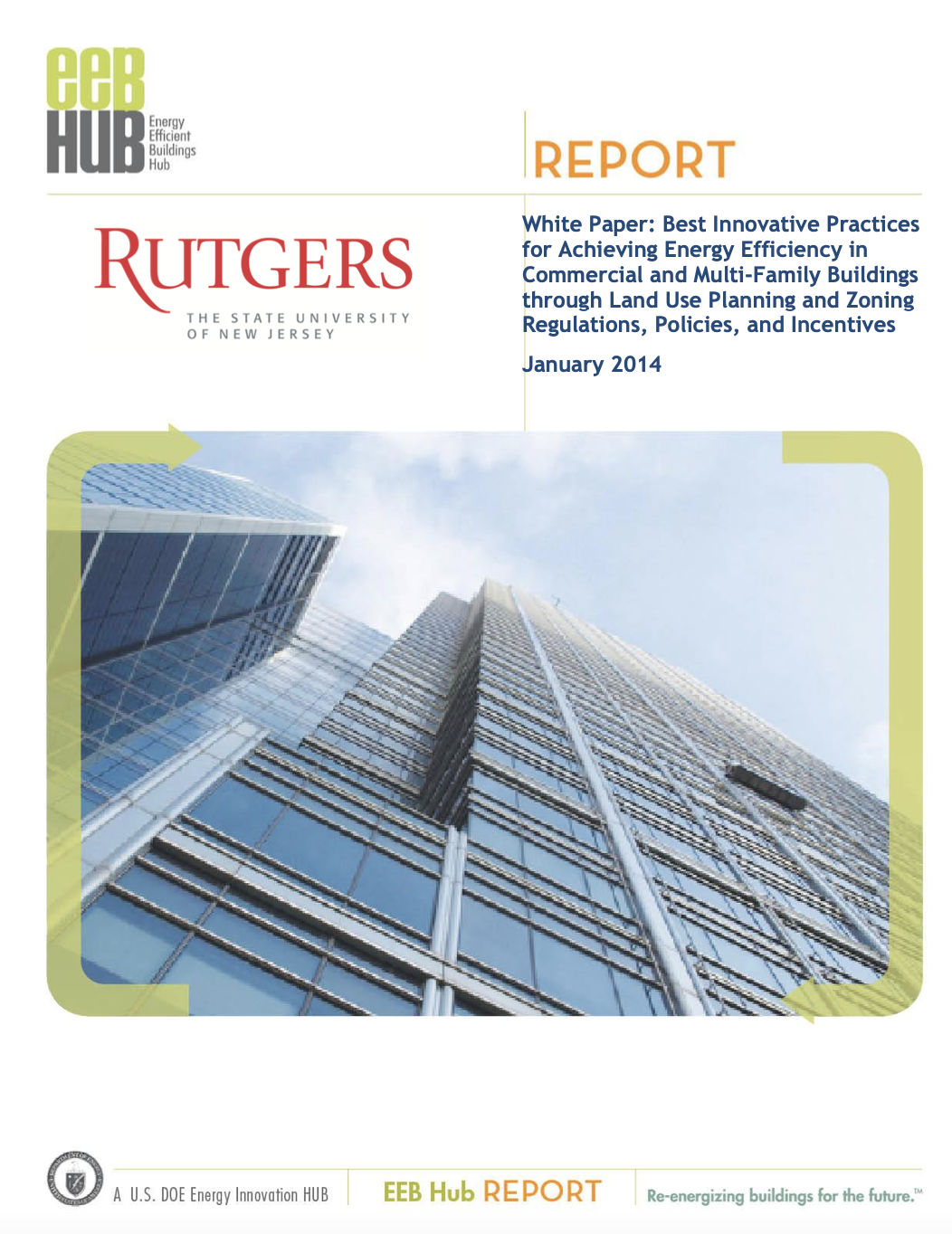Under the EEB Hub project, a Codes and Standards team is charged with developing a detailed and actionable evaluation of how local, state and federal building codes and national and international standards affect AERs in commercial (and multifamily) buildings for the greater Philadelphia region. The objective of this paper is to conduct and document a literature review to provide content about planning codes and standards for the introduction/background section as well as other related sections of the Report on Impact of Codes and Standards, a key deliverable for the Codes and Standards subtask. More specifically, the objective is to conduct a meta-level, up-to-date review of literature on best practices, including an evaluation of promising innovative practices, relating to requiring, facilitating or incentivizing energy efficiency in commercial and multi-family residential buildings through land use planning policies and zoning codes (but not building codes), as well as through incentives such as rebates, discounts, tax credits and public recognition programs.
In doing so, this paper intends to fill three gaps in the available literature on facilitating energy efficiency in buildings:
- The overwhelming majority of publications focuses on building codes as an effective means
of achieving energy efficiency in buildings, as opposed to planning and zoning powers.
- Compact development and land use patterns are discussed extensively but almost exclusively in the context of improving energy efficiency in the transport sector, as opposed to the
buildings sector.
- When planning and zoning barriers and solutions are addressed, it is almost exclusively in
the context of enabling renewable energy installations on buildings and not energy efficiency
